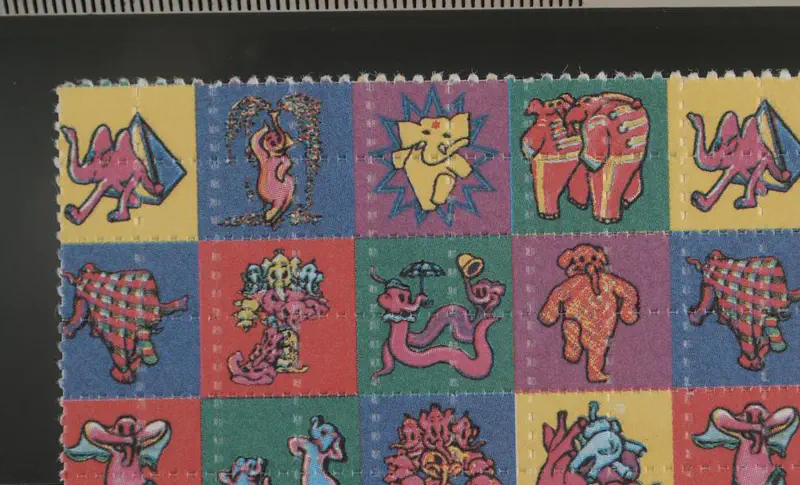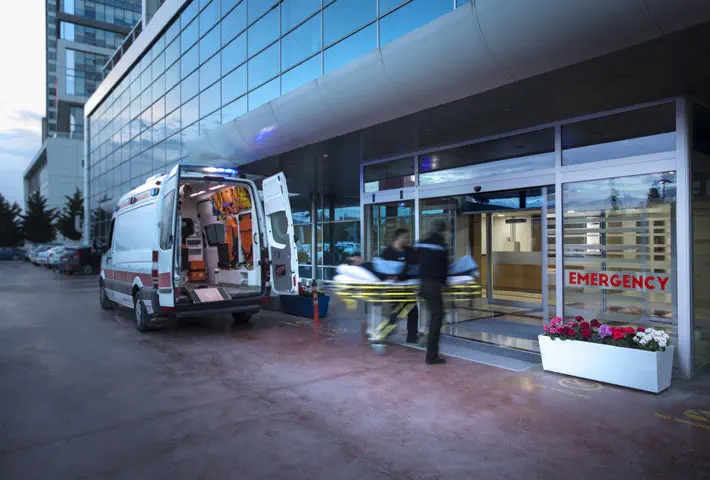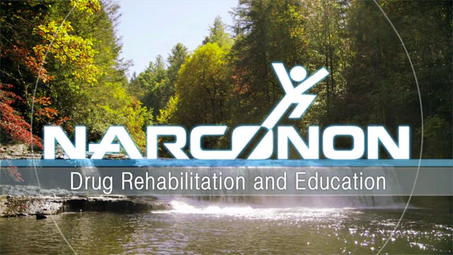DRUGS: WHAT YOU
NEED TO KNOW Booklet

Signs and Symptoms of LSD Use

Courtesy of DEA.gov
The unfortunate history of LSD began in Basel, Switzerland, in the Sandoz pharmaceutical labs. After its initial development in 1938, the drug was shelved as it was deemed to have no useful purpose. Several years later, Albert Hofmann, the scientist who had developed the drug, accidentally consumed some and was off on an experience that much later began to be referred to as “psychedelic.” 1
His accidental exposure was followed by repeated experimentation by Hofmann and his colleagues. Some government agencies became interested in the drug and used it in experiments on volunteers. One of these volunteers popularized the drug among impressionable youth and the drug began a journey around the world. Sandoz even sold this drug to researchers under the name Delysid for twenty years.2
Effects of LSD
The European Monitoring Center for Drugs and Drug Addiction (EMCDDA) reports the following effects of LSD: 3
- Dilated pupils
- Mild hypertension
- Increased body temperature
- Visual disturbances consisting of geometric shapes or patterns
- Flashes of intense colour
- Stable objects may appear to move and dissolve
- Cross-sensory perception (for example, sounds becoming colors)
- Time may seem to slow down
- Hallucinations
A 2019 analysis of LSD’s effects also noted these changes: 4
- Increased heart rate
- Sense of self-diminishing or dissolving
- Introversion
- Emotional excitation
- Anxiety
- Inactivity
- Impairments of concentration, sense of time, and speed of thinking

These effects can last as long as 8 to 12 hours or more. Some LSD experiences are reported to be pleasant but a “bad trip” can result in panic and even terrifying hallucinations and psychosis.3 Hallucinations can last as long as 48 hours and psychotic states for three or four days.
These adverse effects can be fleeting but they can also last long after the body has processed the drug out of its system. As described in a case study from Germany, it’s possible to suffer from hallucinogen-persisting perception disorder or HPPD.5 This is a condition in which a person continues to experience the blurred vision, flashes of colour, halo effects and the sense that some objects are smaller and others are larger than they really are. While a lasting case of HPPD is relatively rare, it is not rare to experience a flashback to the effects of this drug, even years later.6
Large overdoses of LSD can result in coma, elevated temperature and respiratory arrest.7 But LSD overdoses seldom occur because it is so powerful at tiny doses that it is not available to be taken in large doses. Distribution of this drug is normally in the form of tiny tablets or capsules, small gelatin squares or small pieces of paper that have been soaked in a solution of the drug.
While often attributed to pre-existing “mental” issues, LSD use has also been known to produce long-term permanently debilitating disturbances,8 which contrary to the popular perception that LSD is safe, happen at low doses and without prior warning.
LSD Moves First to the US
In the US, the use of LSD became popular in the 1960s and early 1970s after being promoted by a handful of counter-culture individuals. At least one of these individuals had been a volunteer for the original government tests of the drug and became enamoured of the drug. This individual, Ken Kesey, had an enormous effect on its popularity in the US.1 LSD was finally banned in the US in the late 1960s.
By the late 1960s, LSD had made its way back to Europe, particularly Amsterdam.9
While use of LSD in Europe has decreased since the 1960s, it has not disappeared entirely. In recent years, it has even been making a comeback. Between 2010 and 2017, the amount of LSD seized in Europe doubled.10 Then, in 2018, Europol announced the seizure of a huge quantity of synthetic drugs including 800,000 doses of LSD.11 The network making and distributing the drug was located in Amsterdam, Granada and Valencia, Spain.
Also in 2018 in Germany, nearly 50,000 doses of LSD were seized.12 The seizure took place in Rhineland-Palatinate. A group of suspects had been moving drugs to and from Britain, Belgium, the Netherlands, Norway and Sweden.
Patterns of Use in the EU
Compared to drugs like cannabis, cocaine and heroin, LSD is not as frequently used. According to a 2019 report from the EMCDDA, the highest rates of use were seen in Germany and France. Moderate rates were seen in Austria, Croatia, Italy, Luxembourg, Netherlands and Norway.13
Rates of use are highest among those aged 25 to 34. Prevalence of LSD use, ages 25 to 34:
- Cyprus 1.2%
- Hungary 1.4%
- Italy 1.7%
- Austria 1.9%
- Netherlands 2.1%
- Germany 2.6%
- Denmark 2.9%
- Norway 3.2%
- Finland 3.3%
- Croatia 3.5%
- France 4.1%
LSD – One of the First Synthetics
LSD and amphetamine were among the first synthetic drugs to become globally popular. They have been followed by literally hundreds of other synthetic drugs.14 According to the United Nations Office on Drugs and Crime, there are more than 950 new psychoactive substances (NPS) being monitored around the world. Nine per cent of these drugs are what are termed “classic hallucinogens.”
Drugs like LSD, ecstasy, amphetamine and ketamine are frequently used in club scenes across Europe. But all these drugs are subject to counterfeiting or adulteration with other drugs, especially other synthetics.15 This means that a person who wishes to buy LSD could be getting an unpredictable combination of dangerous synthetics instead of LSD.

Despite its relatively low rate of use, LSD poses a significant threat to young adults and clubbers who might indulge in its use. A 2016 report described cases of psychosis that resulted from the use of a broad spectrum of drugs including LSD. The cases were distributed across Europe and occurred in 2013 and 2014.16 Out of 86 cases arriving in the emergency department for care after taking LSD, 18 (21%) were experiencing psychosis. This drug had the fourth-highest rate of admission to an emergency department for psychosis.
Many of the people in this compilation had taken more than one drug. Among those who had taken only one drug, the rate of psychosis resulting from LSD use was even higher: 26%.
The ability of LSD to cause psychosis should encourage anyone to treat this drug with serious caution.
Sources:
-
History.com Editors (2018), “History of LSD”. “History.com Article” ↩︎ ↩︎
-
Norman Miller; BBC Travel (2020), “Basel: The birthplace of hallucinogenic science”. BBC Travel Article ↩︎
-
European Monitoring Centre for Drugs and Drug Addiction, “Lysergide (LSD) drug profile”. EMCDDA Article ↩︎ ↩︎
-
Holze F, et al.; Neuropsychopharmacology : Official Publication of the American College of Neuropsychopharmacology via—Europe PMC (2019), “Distinct acute effects of LSD, MDMA, and D-amphetamine in healthy subjects.” Report ↩︎
-
Leo Hermle, et al.; US National Library of Medicine National Institutes of Health (2012), " Hallucinogen-persisting perception disorder" US National Library of Medicine Article ↩︎
-
Henry David Abraham, MD; JAMA Network—JAMA Psychiatry (1983), “Visual Phenomenology of the LSD Flashback” JAMA Journal ↩︎
-
John C. Klock, MD, et al.; US National Library of Medicine National Institutes of Health (1974), “Coma, Hyperthermia and Bleeding Associated with Massive LSD Overdose” Western Journal of Medicine Publication ↩︎
-
Healthline.com “What Is Hallucinogen Persisting Perception Disorder (HPPD)?” Healthline Article ↩︎
-
Rafaela de Quadros Rigoni; Sage Journals (2019), ““Drugs Paradise”: Dutch Stereotypes and Substance Regulation in European Collaborations on Drug Policies in the 1970s”. Sage Journal Publication ↩︎
-
European Monitoring Centre for Drugs and Drug Addiction (2017), “Drug supply and the market—Seizures of LSD, GHB and ketamine” EMCDDA Article ↩︎
-
EUROPOL (2018), “Police seize more than eur 4.5 million in cryptocurrencies in Europe’s biggest ever LSD bust” Europol Press Release ↩︎
-
Alexander Pearson (dpa), Deutsche Welle—dw.com (2018), “German police seize 50,000 LSD tabs in record haul against international drugs ring”. dw.com News Article ↩︎
-
European Monitoring Centre for Drugs and Drug Addiction, “Statistical Bulletin 2019 — prevalence of drug use”. EMCDDA Article ↩︎
-
The Trans-European Drug Information Project (T.E.D.I), TEDi Project ↩︎
-
Loredana Maftei; Alexandru Ioan Cuza University of Iasi, Romania (2012), “Illegal Drug Markets in Europe: The Negative Consequences of Globalization CES Working Papers” CES Working Papers (PDF) ↩︎
-
Odd Martin Vallersnes, et al.; BMC Psychiatry (2016), “Psychosis associated with acute recreational drug toxicity: a European case series”. BMC Psychiatry Article ↩︎

 ®
®
